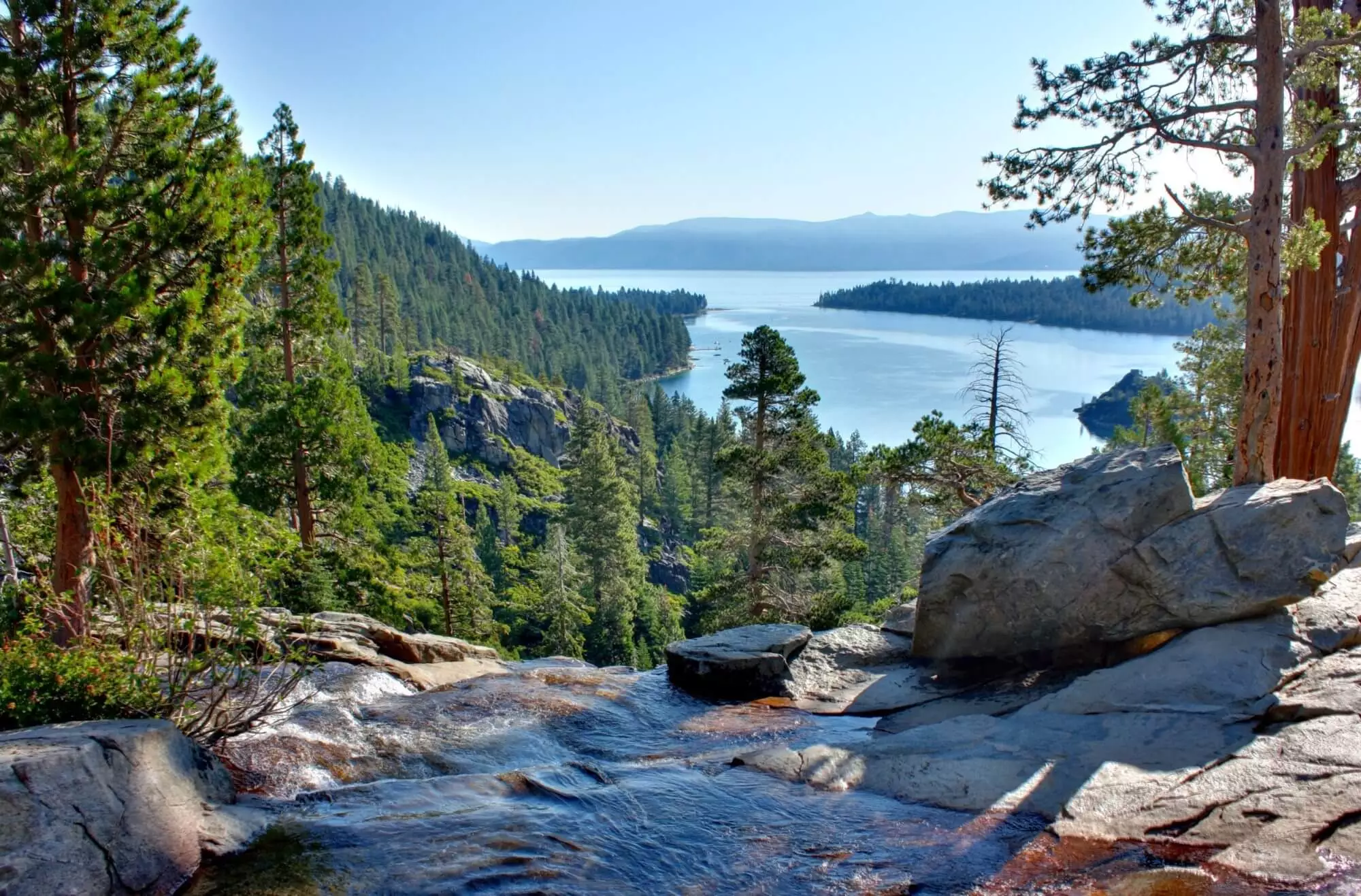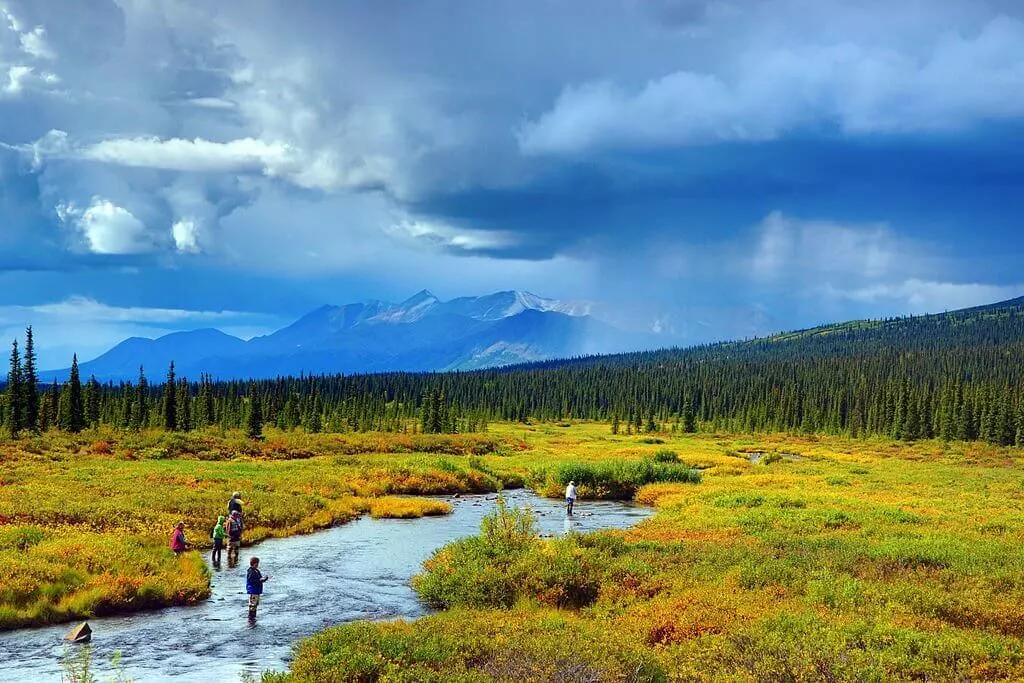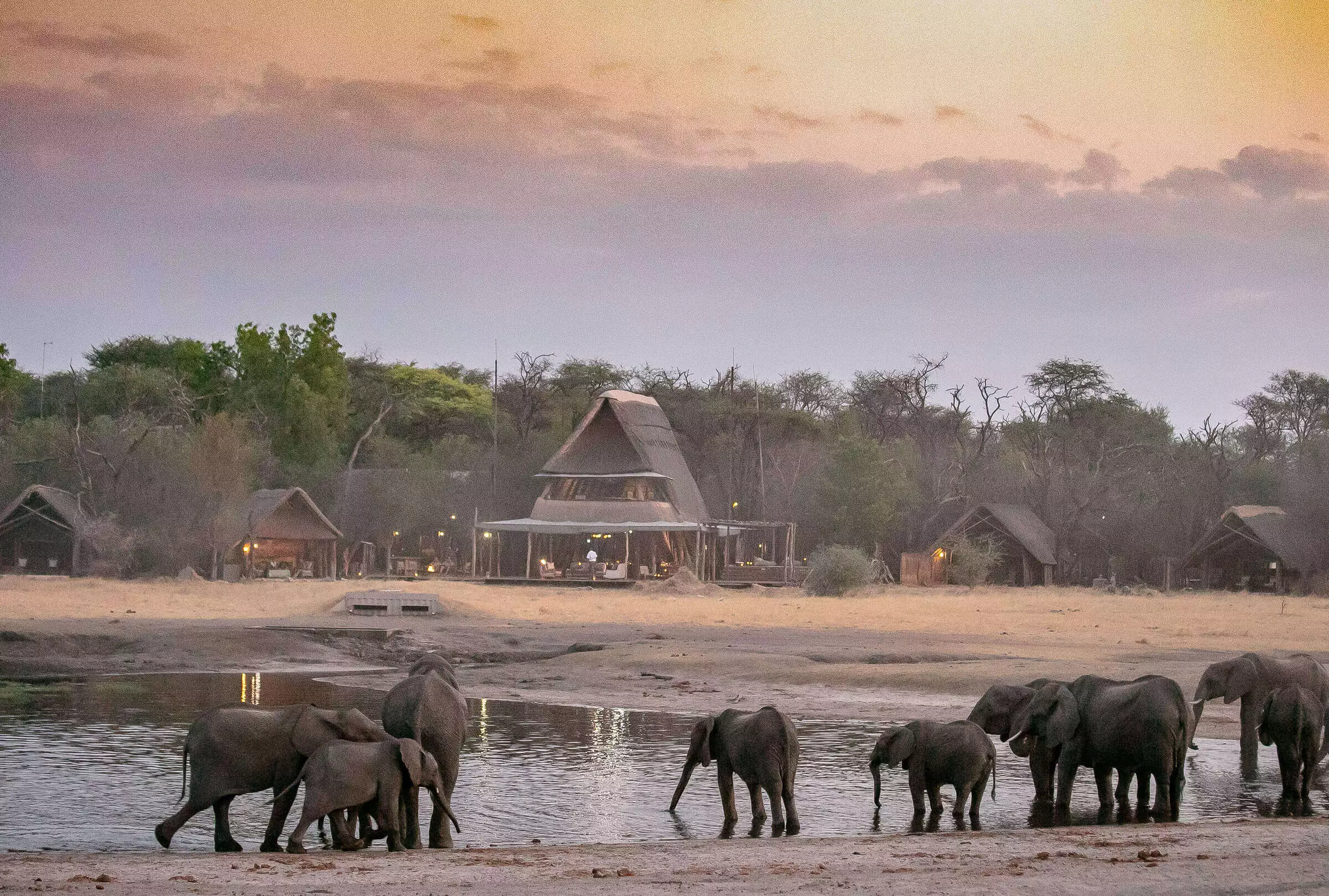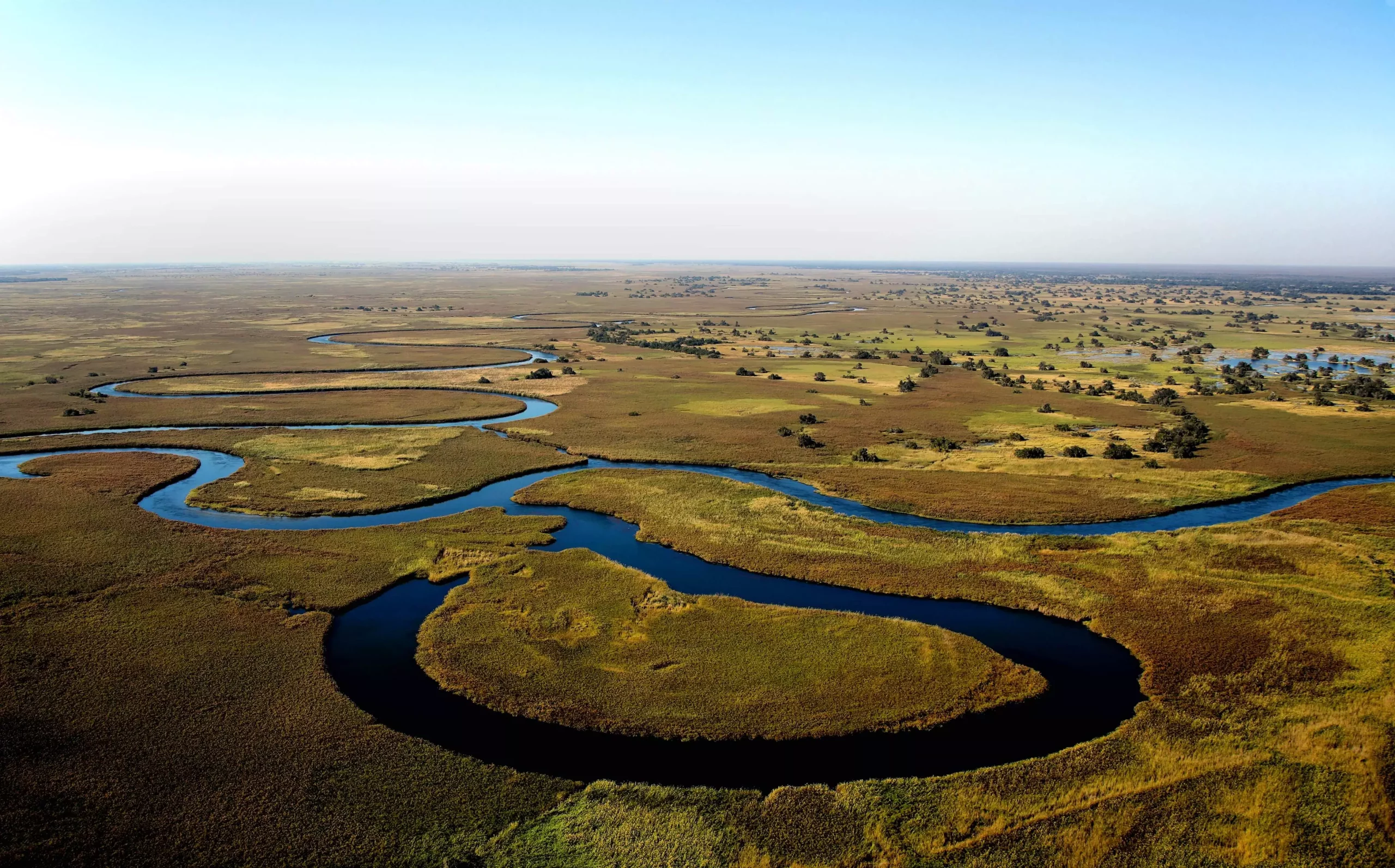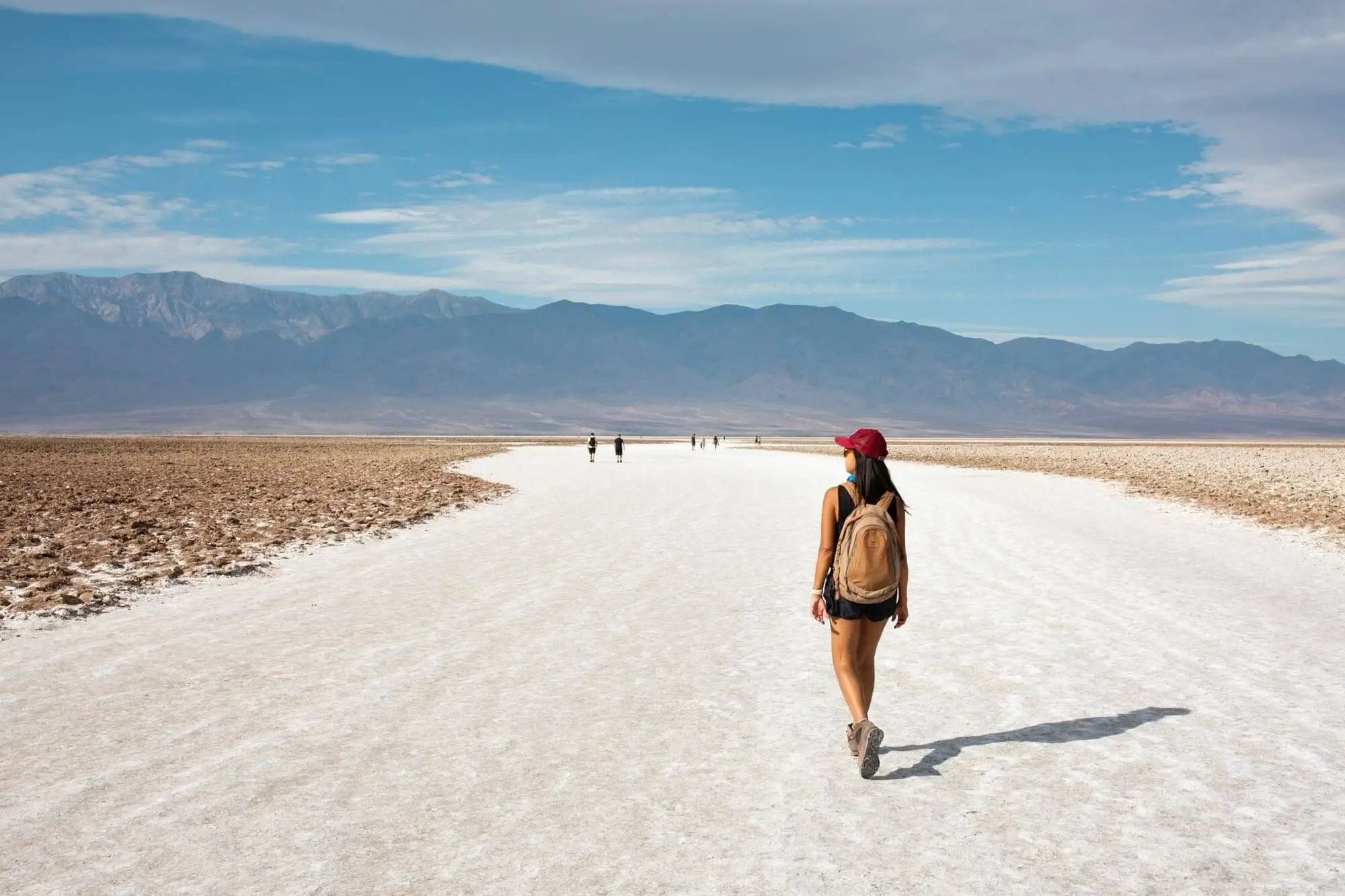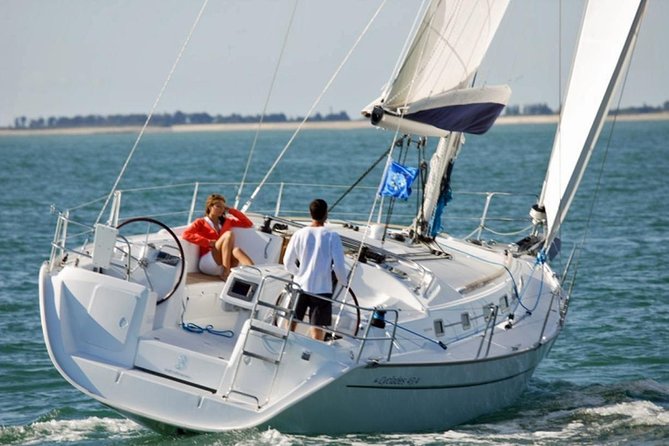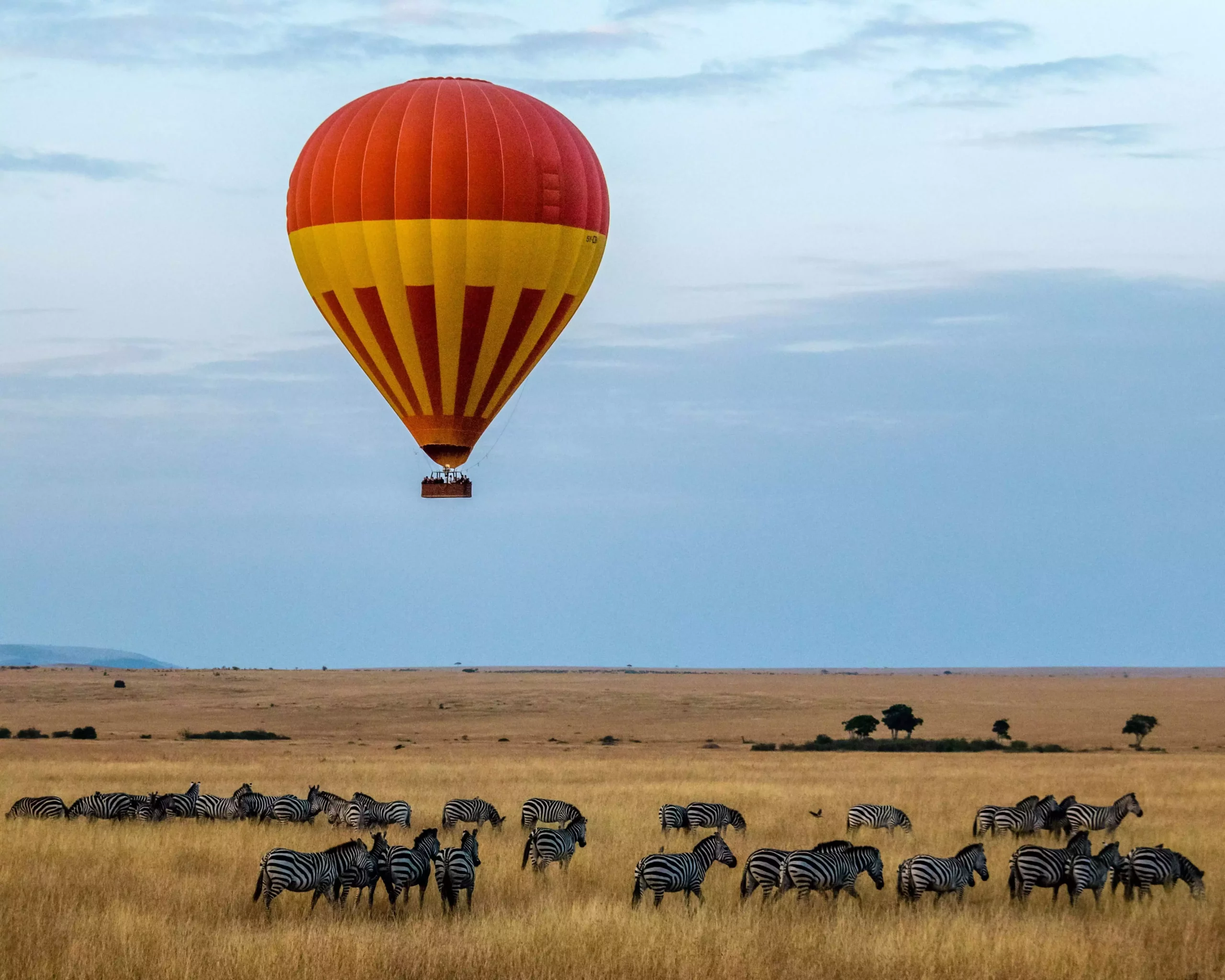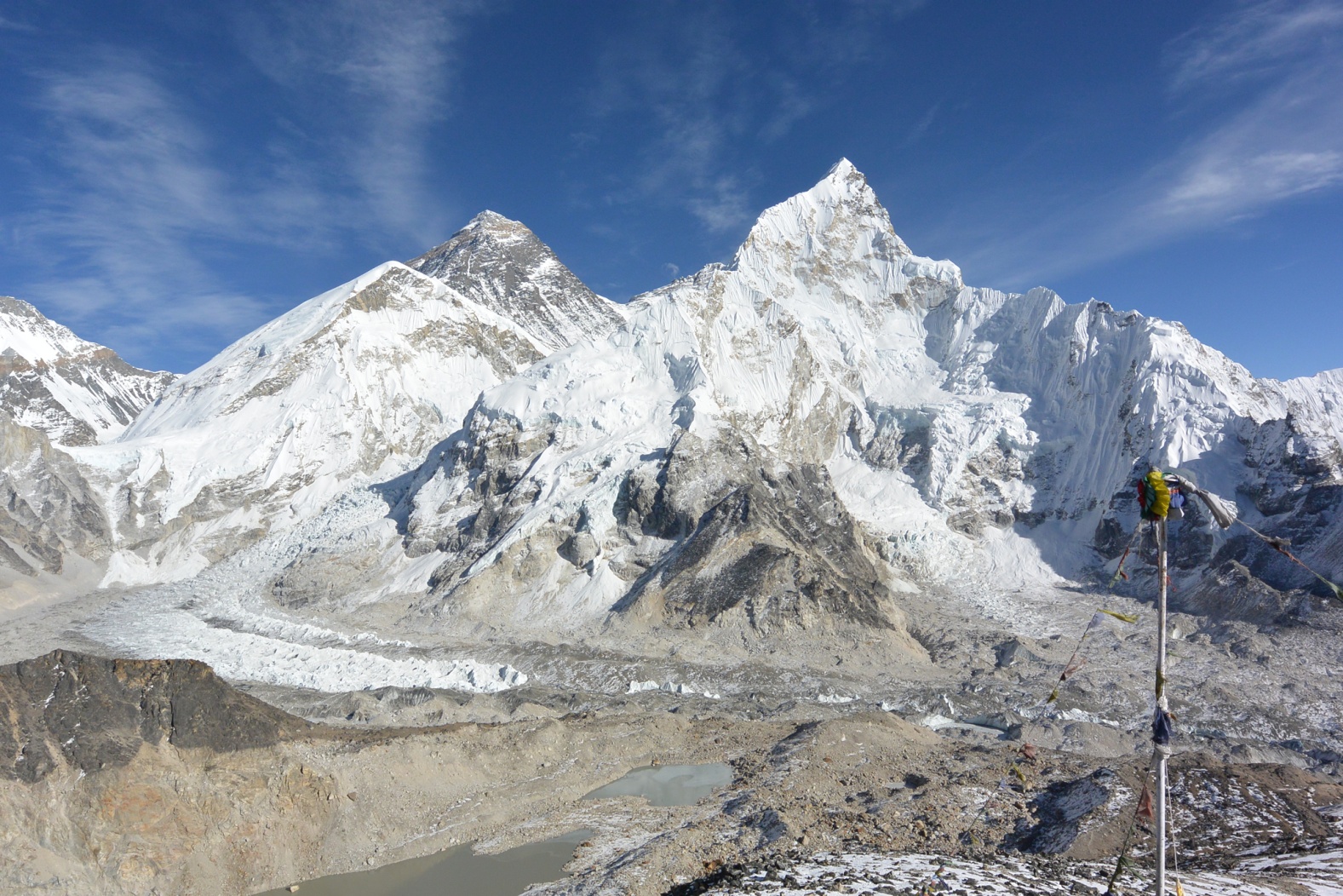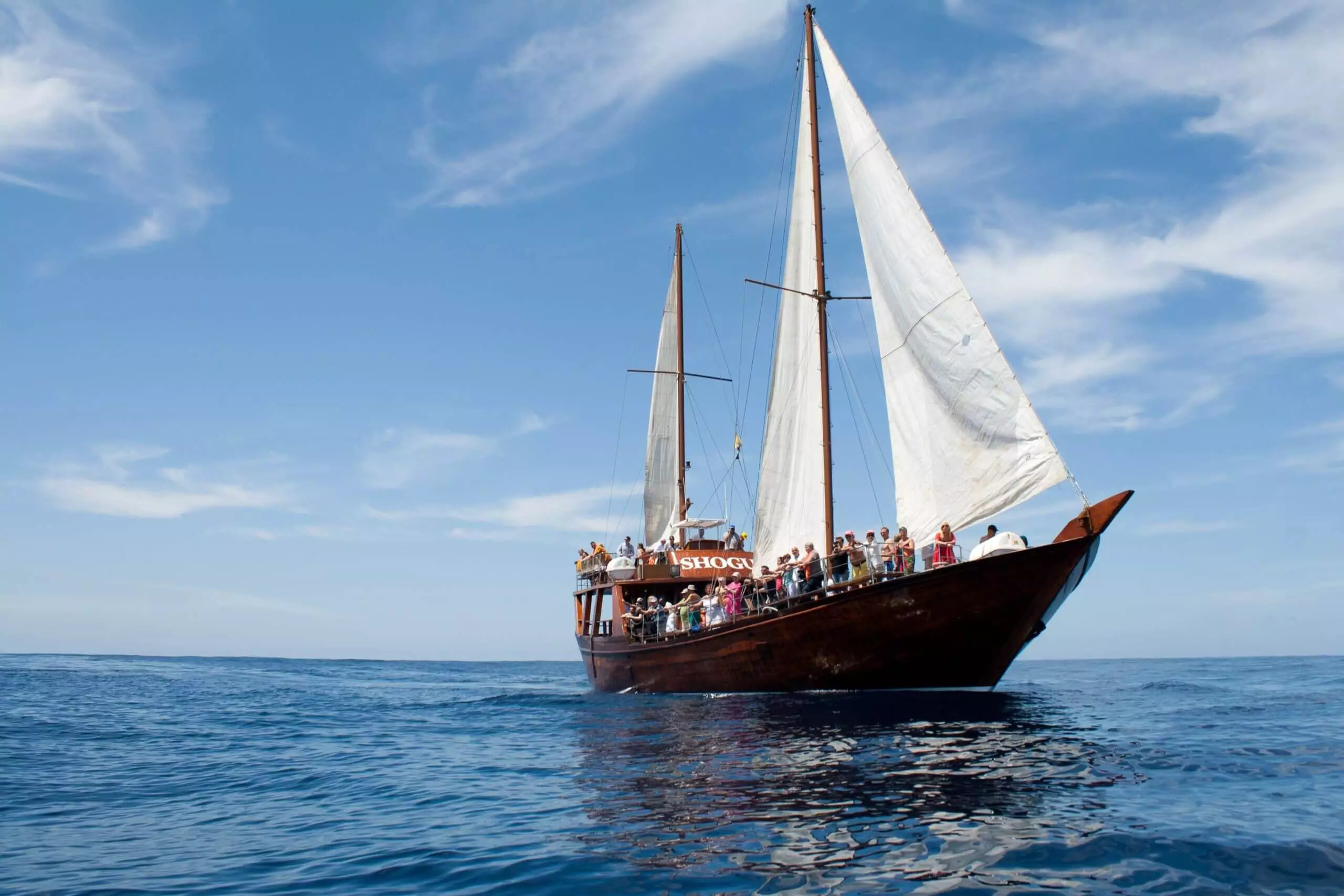What to Expect on a Zimbabwe Safari
There are many habitats in Zimbabwe. These include the forests of Matobo Hills National Park and the waters of Lake Kariba, Matusadona National Park and floodplains at Mana Pools National Park. The mopane woodlands, savannas, and mana pools of Mana Pools National Park. This supports an amazing diversity of animal- and plant life. There are over 500 species of birds in Zimbabwe, including 199 mammal and 130 fish species. Some rare species include the sable antelope.
The best thing about Zimbabwe is its ability to enjoy spectacular game viewing without crowds. You won’t see any tourists even in Hwange National Park which is the most visited reserve in Zimbabwe. This makes it a much more unique experience than visiting other parks in other countries where you can feel like you are in the wild.
Walking safaris in Zimbabwe are amazing. If you want to get lost in the bush, Zimbabwe is the place to go. You can also canoe safari in Zimbabwe. This is one of Southern Africa’s most exciting African safari experiences.
Wildlife in Zimbabwe
Northern Zimbabwe is home to many game-rich wilderness areas, making it the most popular area for wildlife safaris in the country. The country’s largest reserve is Hwange National Park in the northwest. It houses one of Africa’s largest elephant populations (an estimate 40 000), the four Big Five (lion leopard, rhino, rhino, buffalo), the wild dog population of Africa’s greatest, and rare antelope like sable or roan. You can also see giraffe in this area.
The Zambezi National Park is located next to Zimbabwe’s most popular attraction, Victoria Falls. It’s a convenient safari destination that visitors to Zimbabwe can visit if they don’t have the time or are unable to visit other reserves. It is home to the Big Four (there is no rhino), and many other animals such as giraffe, wild dog, sable antelope, and eland.
Matusadona National Park is also located in the north, but farther east of Hwange. It lies on the shores Lake Kariba National Park and offers spectacular Big Five sightings, particularly buffalo, lion, leopard, and lion. There are also rare roan, sable, hippos, and crocodiles in water.
Mana Pools National Park, located near Matusadona is a wild, undeveloped wilderness area that offers spectacular game viewing. It is well-known for its large elephant herds, large buffalo numbers, high density of endangered wild dog species, and frequent sightings of leopard, lion, and cheetah.
Best Time to Visit Zimbabwe
For the best wildlife viewing, Zimbabwe is best visited in the dry winter months between June and October. This is a time when water is scarce and vegetation is sparse. This is the best time to visit Zimbabwe. It is easy to spot wildlife around waterholes and rivers, which makes viewing very simple. Tourists are most active in July through September, during the winter months.
The most popular season to visit Zimbabwe is November to April, when it rains. It is difficult to spot wildlife, roads are not accessible and it is hot and humid. Mana Pools National Park closes from November through April. Some camps and lodges also close from January to March. Between November and April, many roads in Gonarezhou National Park are closed. If you are a birder, however, the rainy season is the best time to visit Zimbabwe in order to see many migratory species. If you’re lucky, you might be able see newborn animals in the parks during the wet season. You can also enjoy lower rates during this off-peak period.
Victoria Falls can be viewed year round, but you will have a different experience depending on the time of year. After the summer rains, the Zambezi River rises to its highest point in March and May. You’ll be able see the falls at their full glory, though the mist and spray may obscure your view. White water rafting is not allowed from March through June due to the high water level. You will have great visibility to see the falls from June onwards, as water levels begin to drop. Victoria Falls is most popular between June and September, when the river level is low enough to allow for great visibility.
When it is dry, May-October is the best time to visit Eastern Highlands. It will be warm and sunny.

Hello, I’m Rex Crist. My goal is to show that traveling can be affordable and fun! I love to explore new places and experience different cultures. I also like iced coffee, iced tea, and ice cream (in that order).
